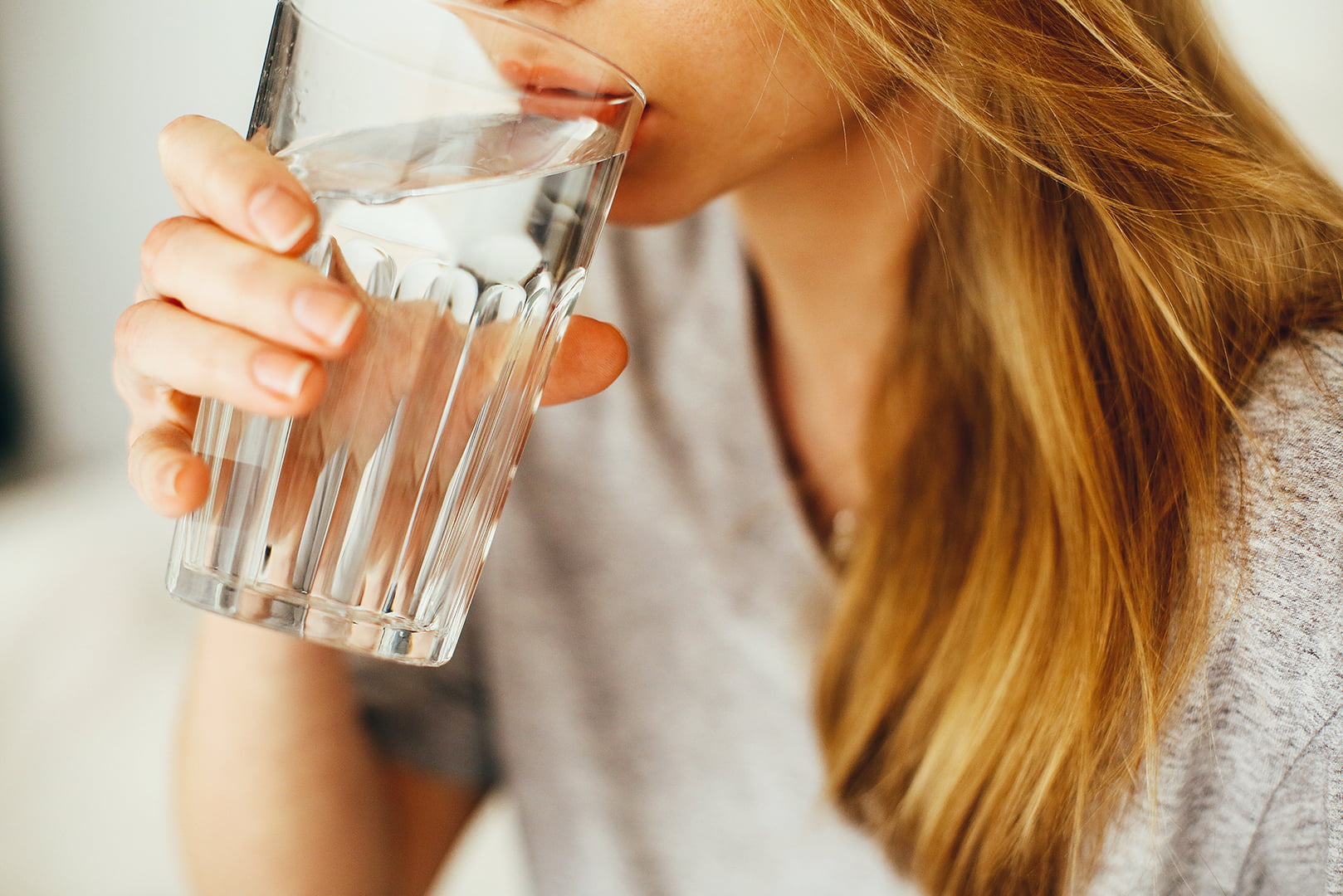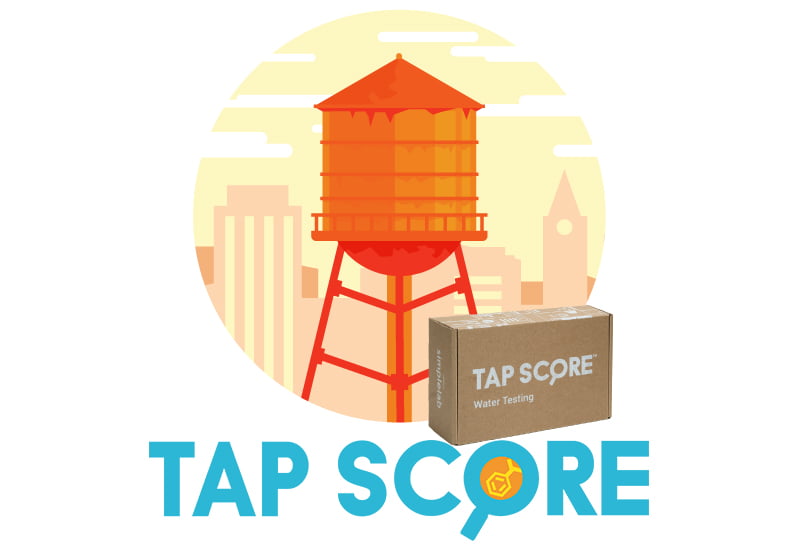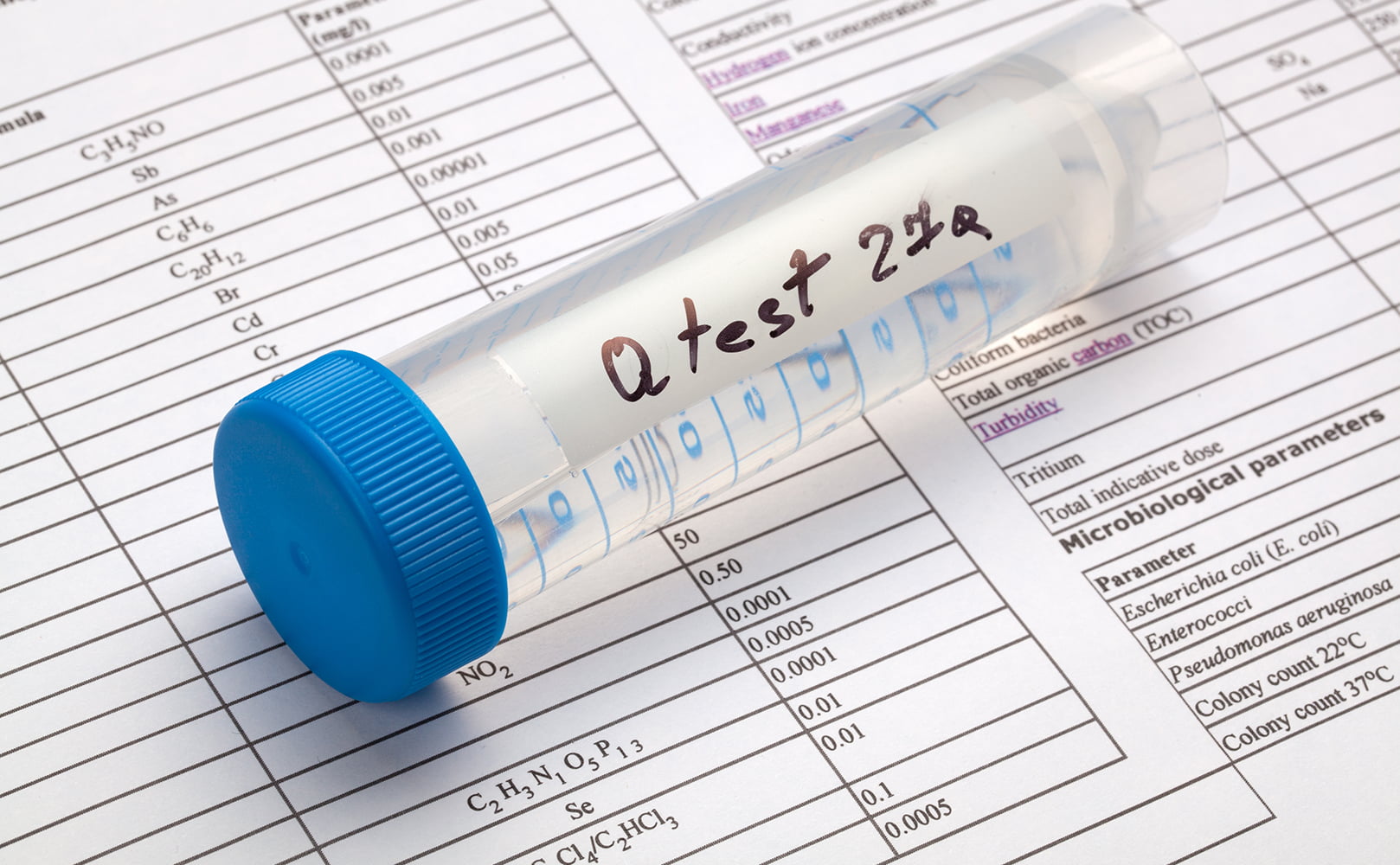What Does Lead Look Like in Water? (+ Taste & Smell)
Written by: Gene Fitzgerald // Last Updated: Mar 2, 2023
This page may contain affiliate links. If you buy a product or service through such a link we earn a commission at no extra cost to you. Learn more.
Many people want to know the answer to this one question: How do I know if there is lead in my drinking water? The simple answer is you can neither smell, nor taste or see lead in water.
If your water has a subtle metallic taste, don’t be hasty to blame the infamous heavy metal. Instead, it’s most likely caused by either lower pH levels (acidic water) or an excess of trace minerals due to rusty municipal or residential pipelines.
Much of the lead in your tap water comes from plumbing – either from the pipes themselves or lead-rich solder. Thankfully, Congress outlawed lead plumbing materials in 1986 due to their potential to compromise the health and safety of the community. Unfortunately, many pipelines in the U.S. were laid down in 1975.
Thus, there is always an imminent threat of lead-contaminated water reaching your home. In this guide, we help you identify lead contamination in water and discuss ways to deal with it.
Key Takeaways
- Lead in water cannot be detected by sight, taste, or smell.
- Even the commonly observed subtle metallic taste shouldn’t be attributed to lead in water. It’s instead most likely caused by either lower pH levels (acidic water) or an excess of trace minerals due to rusty municipal or residential pipelines.
Can You See Lead in Water?
No, lead particles are too small or entirely dissolved in water. Therefore, you cannot see lead in water through the naked eye.
What Does Lead in Water Smell Like?
Lead is odorless in water. So even if your water has high levels of lead in it, you’ll never smell a thing. This is the reason why lead contamination can go unnoticed for years until the people in a community start falling sick one after the other.
Can You Taste Lead in Drinking Water?
Not at all; you cannot taste lead in drinking water. Unlike other contaminants that give your water a metallic or foul taste, lead is entirely flavorless. You could be exposed to a highly contaminated water supply but never suspect lead’s presence.
How Lead Gets into Drinking Water
Lead gets into drinking water due to the corrosion of lead-based plumbing components: Pipes, solder, fixtures. As they corrode, lead ions dissolve or flake into the water that flows through it.
Of course, not all pipelines in the U.S. contain lead. Therefore, you need to test your water through a certified lab to ensure whether you are dealing with the neurotoxin.
What’s more, lead was formerly used as an additive to gasoline and plenty of other products, including many types of paint. This has caused widespread contamination of old homes as well as soils near industrial areas – think stormwater runoffs etc.
Similarly, some lead can enter your water supply due to unethical industrial disposal. For example, when factories that produce lead-based products dump wastewater down the streams without treating it, it pollutes the entire water body.
Health Effects of Lead Exposure Through Drinking Water
Lead is one of those heavy metals that pose a significant water quality concern in urban and rural areas.
This is because it is highly toxic to human health, even if consumed in small amounts for a relatively short period of time. Continuous exposure to lead-contaminated water can seriously harm you. The plight is worse for kids and pregnant women who may face irreversible damage.
Apart from causing learning disabilities in young children, exposure to lead in the early years can also cause slow development and growth.
In adults, lead contamination can lead to cardiovascular effects, increased blood pressure, decreased kidney function, reproductive issues, and hypertension.
Pregnant women are the most vulnerable of the lot. Elevated levels of blood in a woman’s body can seriously damage the fetus’s health. Apart from low birth weight and size, lead contamination can also cause miscarriages or stillbirths.
A Safe Level?
According to the Environmental Protection Agency, there is no safe level of lead in drinking water. However, the actionable level of lead in water supplies regulated by the EPA is 15 parts per billion.
Therefore, when the water leaves a treatment plant, it is hopefully treated to have less than 15 ppb of lead concentration. Unfortunately, the majority of lead contamination enters supply system as water passes through the distribution channels and residential pipelines.
What Can You Do?
The first step towards eliminating lead from water is finding out whether you are dealing with the problematic heavy metal at all. Since you can’t see, taste, or smell lead in water, the only way to know for sure is to get your water tested.
Testing Your Water for Lead
So, how do you test your water for lead? Here are few simple ways:
Hire a Certified Lab
The most reliable way to test for lead in drinking water is to send a sample to an EPA-certified private laboratory. We recommend:
Get $10 Off! Use Code: BOS10
Not only will a laboratory give you a detailed report about the presence of other contaminants, but it will also highlight the concentration of each pollutant.
Knowing what’s in your water is the first step in finding the right treatment solution.
Use Water Test Strips
DIY water tests strips are readily available, user-friendly, and inexpensive. You can easily buy them from home stores, Amazon or eBay. There are many different at-home water test kits to choose from.
If you are only concerned about lead contamination, select a lead water test kit.
With that said, lead test kits only detect the presence of lead. The strip will not tell you how much lead you are facing.
Neither will it highlight any other impurities that may be swimming along.
Licensed Lead Risk Assessors
Contact your local health department and ask for a professional to check your home for lead.
Local Water Department
Similarly, you can also contact your local water department. Just dial the EPA’s Safe Drinking Water Hotline at 1-800-426-4791 to request a test.
Reducing Lead in Drinking Water
How to reduce lead in drinking water? Glad you asked.
The permanent solution is to replace your residential plumbing if it contains lead. However, we understand it’s not the most feasible and budget-friendly option.
Fortunately, lead is quite easy to remove if you get the right water filter.
Water Filters
Reverse osmosis and activated carbon filters are capable of reducing lead from drinking water. The same goes for KDF and ion exchange filter media.
If your water supply is highly contaminated, an RO or ion exchange filter is probably the best option for you. Both can remove up to 99% lead. In addition, reverse osmosis water purification eliminates hundreds of other dangerous pollutants, including salts and metals like chromium 6.
Unfortunately, an RO membrane removes healthy minerals too. So you might want to steer clear of RO water in the long run or remineralize.
On the other hand, activated carbon filters designed to remove lead can also reduce well over 90% from water. Suppose your water supply is generally clean, and your only concerns are chemicals and lead. In that case, a carbon filter is the best fit for your household.
What Else Can You Do?
Here are a few more tips to help you lower your daily lead exposure while you plan on installing a lead filter.
- Since hot water dissolves more lead, it’s best not to use hot water directly from the tap for cooking or drinking.
- Flush your taps and faucets for a few minutes in the morning. The water that has been in prolonged contact with rusty pipes overnight is far more heavily contaminated with lead compared to water that just flows through it.
- Do not boil your water as it will concentrate the amount of lead.
- Contact your water department and alert them about the problem.
- We hate to say this, but if all fails, you must use high quality bottled water to prevent lead exposure (not for the long term).
If you have any questions about look, taste, and smell of lead in water please don’t hesitate to leave a comment below!
Information provided on BOS is for educational purposes only. The products and services we review may not be right for your individual circumstances.
We adhere to strict editorial guidelines. Rest assured, the opinions expressed have not been provided, reviewed, or otherwise endorsed by our partners – they are unbiased, independent, and the author’s alone. Our licensed experts fact-check all content for accuracy. It is accurate as of the date posted and to the best of our knowledge.




